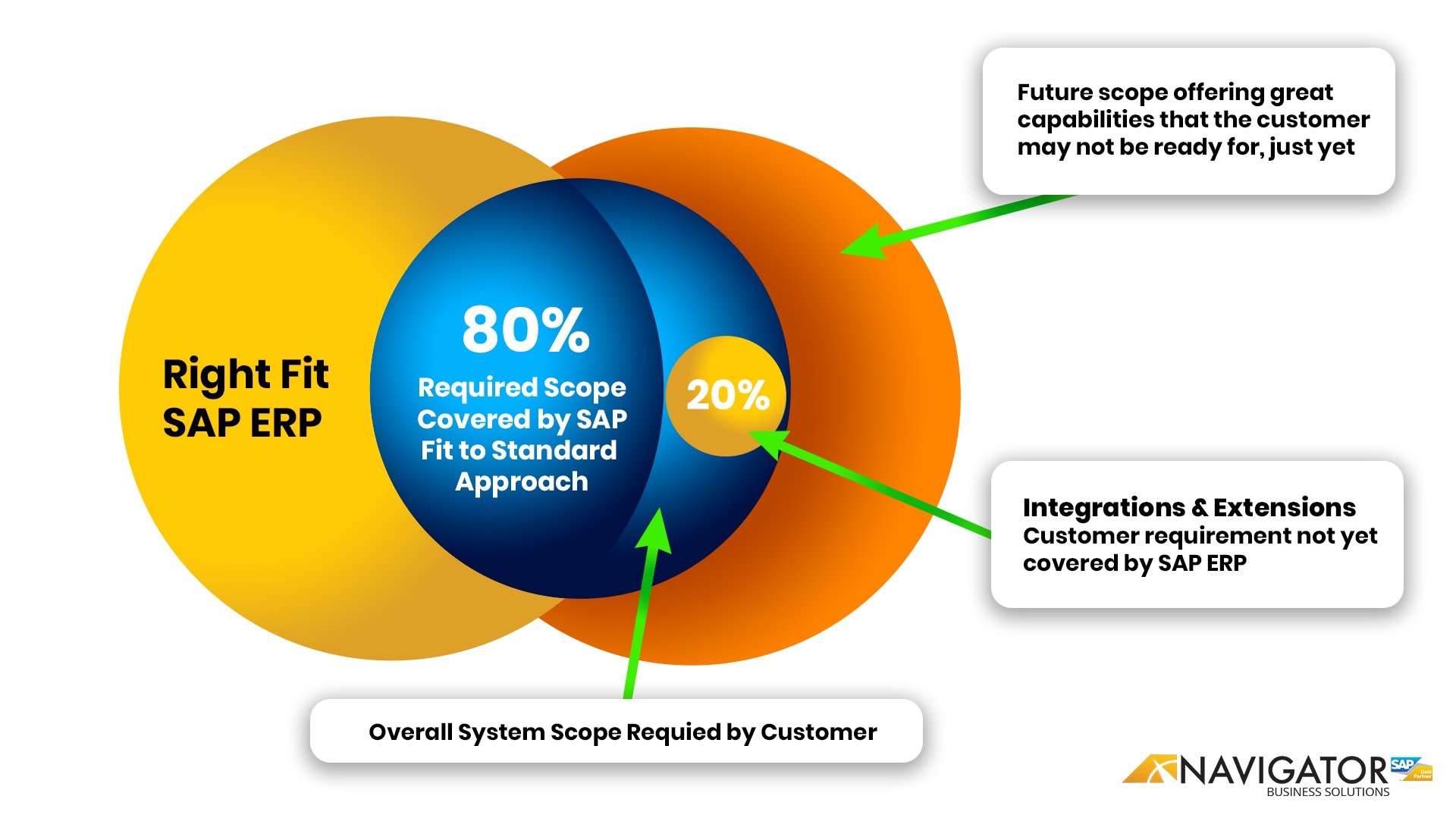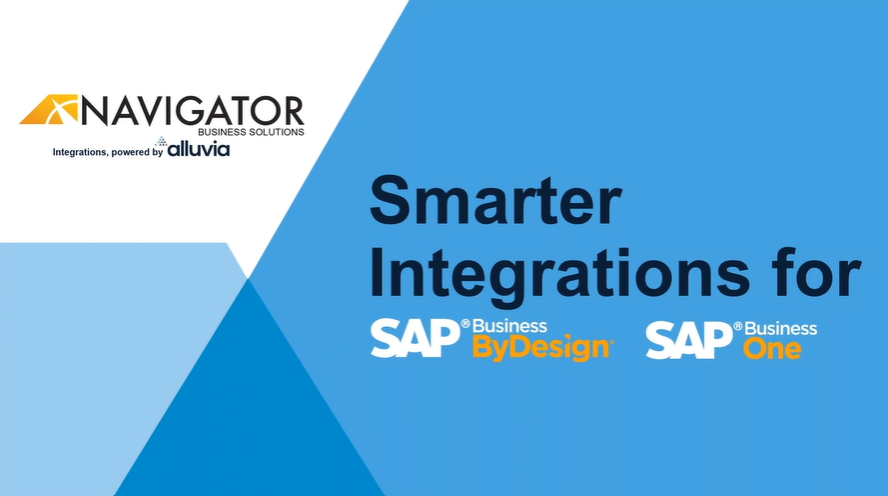In a recent article, we discussed how you can implement an enterprise resource planning (ERP) system in your company. Once your ERP solution is up and running, it's time to integrate it with the other tools and software that you already use.
The true purpose of an ERP solution is to act as a single platform for all company processes, data, and insights. Without a complete integration, your ERP solution can not reach its full potential.
Explore SAP ERP Integrations and Extensions
What Does ERP Integration Mean?
ERP integration simply refers to the process of connecting your ERP solution with other software applications and databases. By integrating your ERP system, you can streamline business processes and make data exchange between different tools more efficient. As a result, all company employees will be able to work from the same unified platform that meets all their needs.
For example, your sales team may use a customer relationship management tool to manage customer data, while your accounting team uses a different software application to track invoices and financial data. In order to avoid duplication of effort and inconsistencies in data, you can integrate these tools with your ERP system. This way, all customer data will be stored in one place and be accessible to both sales and accounting teams.
Many ERP solutions come with built-in integrations. Keep in mind that if you’re not using a well-known tool, you might need an additional service added to your ERP platform.
Businesses are interconnected, and their software needs to reflect that.
While SAP ERP offers a strong foundation with built-in features, companies often require additional tools for specialized tasks within their operations or processes. Integrations and extensions bridge this gap, unlocking new functionalities and transforming your ERP system into a central hub for streamlined operations and boosted efficiency.
Common integrations cut across various industries, such as payment processing solutions, shipping software, and website and e-commerce integrations. These tools work seamlessly with your SAP ERP system, eliminating the need for separate software and manual data entry, and increasing overall efficiency.
However, some industries require even more specialized solutions. For these cases, additional integrations exist to cater to specific workflows. These might include electronic data interchange (EDI) for industries with complex data exchange needs, third-party logistics (3PL) integrations for businesses that outsource some of their fulfillment, extended warehouse management systems (WMS) for companies with intricate inventory management requirements, and even mobile data capture solutions like barcode scanning for real-time data collection on the go.
What Are the Benefits of ERP Integration?
There are many benefits of integrating your ERP solution with other software applications. Here are some of the most notable:
- Improved data accuracy: When all company data is stored in a single ERP platform, it's easier to keep track of it and ensure its accuracy. This is because there's only one source of information that everyone can refer to.
- Greater transparency: By integrating different software applications, you can get a complete overview of your company's performance. This way, you can identify bottlenecks and issues early on and take corrective action.
- Increased efficiency: ERP integrations can automate many manual tasks and processes. For example, you can connect your ERP system and your accounting software so that invoices are automatically generated and sent to the right people. For more information, check out our recent post on the role of ERP modules in finance.
- Improved decision-making: With all company data in one place, it's easier for managers to make informed decisions. They can access the data they need quickly and easily without having to dig through different software applications.
- Salvaged legacy systems: In some cases, a company may have invested heavily in a certain software application and users may be reluctant to transition to a new ERP solution. In these cases, ERP integration can salvage the legacy system and make it compatible with the new ERP solution.
- Reduced training: When all company employees are using a single ERP platform, they don't need to be trained on different software applications. This can save the company a considerable amount of time and money, as well.
What Are the Three Most Common Methods for Executing ERP Integration?
The three main methods of ERP integration are point-to-point integrations, integration platform as a service (iPaaS), and enterprise service bus (ESB).
Point-To-Point Integrations
These are the simplest and quickest types of integration. They involve connecting two software applications directly to each other without going through a third-party platform. Point-to-point integrations are often ineffective and cumbersome to execute when you have different departments using different applications.
Integration Platform as a Service
An iPaaS is a cloud-based platform that enables you to connect different software applications and tools and provides a central point for managing all your integrations, which makes it much easier to execute and maintain.
In addition, iPaaS platforms typically come with a wide range of features and tools that automate many manual tasks. This makes iPaaS the most appropriate integration method for most modern businesses.
Enterprise Service Bus
ESB is a software architecture that enables different software applications to communicate with each other. It acts as a mediator between different applications, making it possible for them to exchange data and information.
However, unlike iPaaS, ESB is an onsite solution. This means that while it's good for vertical scaling, it is often ineffective for horizontal scaling.
All in all, there are various methods of integrating ERP systems with different business tools, all of which will help your company boost training processes, transparency, efficiency, data accuracy, and decision-making. Your ERP system will need complete integration to reach its full potential of bringing your organization the improvements it needs.
How Navigator Business Solutions will help!
At Navigator Business Solutions, our integration experts understand the challenges of ERP systems needing that extra push. We specialize in crafting best-practice solutions tailored to your specific needs. With seamless connectivity and ongoing support, your cloud-based ERP system can grow alongside your business. Our team strategically leverages integrations and extensions to transform your ERP into a powerful engine driving growth, efficiency, and ultimately, your success.
info@nbs-us.com | (801) 642-0123 | Contact Us



